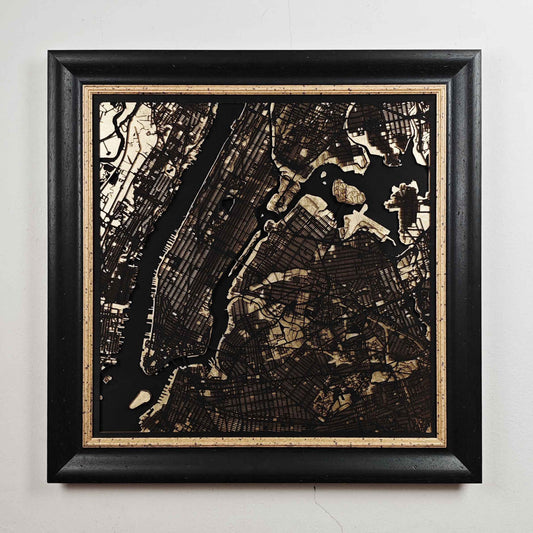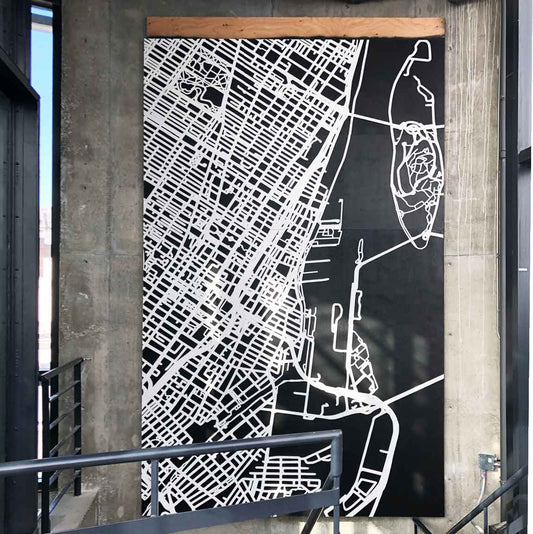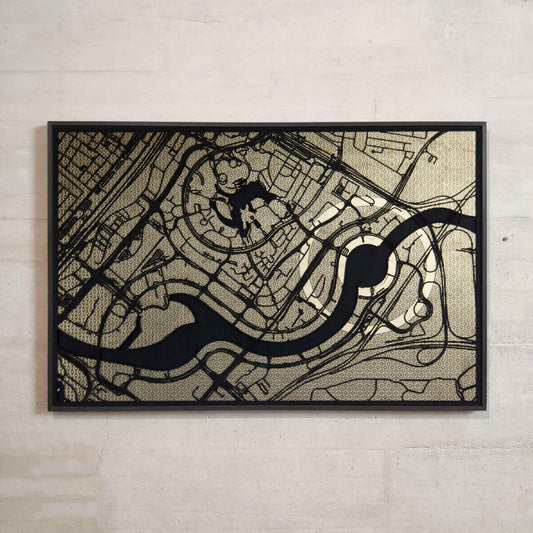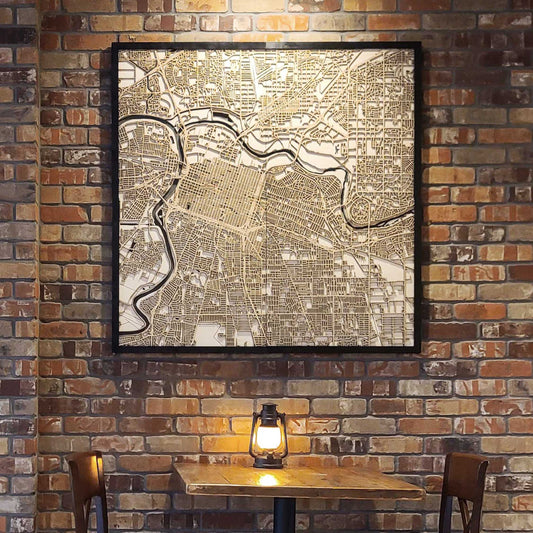The rise of artificial intelligence (AI) has sparked debates in many industries, including interior design. With AI-driven tools automating various aspects of design, many wonder whether human designers will become obsolete. However, interior design is a deeply creative and human-centric profession, raising the question: Can AI truly replace the artistic intuition and emotional intelligence that designers bring to the table?
Will Interior Designing Be Replaced by AI?
Artificial intelligence (AI) is transforming various industries, including interior design. AI-powered tools can generate layouts, suggest color schemes, and create furniture arrangements, leading to the question: will AI replace interior designers? While AI can streamline certain processes, it cannot replace the human touch that defines successful interior design. AI lacks the ability to understand human emotions, cultural influences, and personal preferences, which are crucial in creating spaces that truly resonate with people.
AI excels at processing vast amounts of data and offering optimized solutions based on mathematical algorithms. However, interior design is more than just data—it involves creativity, storytelling, and understanding human interactions with space. A custom-made wooden map, for example, is not just a decorative piece; it is a deeply personal addition to an environment. Such unique elements require human creativity, which AI cannot replicate.
Is AI a Threat to Interior Design?
Rather than being a threat, AI should be seen as an aid to interior designers. AI-powered tools assist in reducing time spent on repetitive tasks, such as drafting floor plans or calculating optimal furniture placements. These capabilities allow designers to focus on the creative aspects of their work.
Moreover, AI can help designers enhance their efficiency by using AI-driven visualization tools, predictive analytics, and virtual reality simulations. This makes it easier to present design ideas to clients. However, AI does not replace the need for human-centered design, where understanding emotions, preferences, and lifestyle choices plays a significant role.
Can Designers Be Replaced by AI?

Despite AI’s rapid advancements, designers cannot be entirely replaced by technology. The role of an interior designer involves deep collaboration with clients, where subjective elements like style preferences, cultural significance, and emotional connections are paramount. AI can suggest functional and aesthetically pleasing layouts, but it cannot create the meaningful experiences that skilled designers bring to life.
Additionally, AI lacks the ability to interpret intangible elements of design, such as how a particular material or color choice evokes certain emotions. Interior designers are also responsible for bridging technical and artistic elements, ensuring that structural and functional components align with the intended aesthetic.
Is Interior Design a Risky Career?
Like many creative professions, interior design comes with risks. The industry is influenced by economic fluctuations, shifting design trends, and market demand. However, skilled designers who adapt to technological advancements and integrate AI-driven tools into their workflow can maintain their competitiveness.
One way to mitigate risks in this field is by offering specialized services that AI cannot easily replicate. This could include personalized consulting, handcrafted design elements like custom-made wooden maps, or unique artistic touches that add value beyond automation.
Additionally, the demand for interior designers remains strong as people continue to seek expert guidance in crafting functional, aesthetically pleasing spaces. Those who stay updated with industry trends and embrace technological innovations will find opportunities to grow their careers.
Is Interior Design a Low-Stress Job?
Interior design is a highly rewarding but often high-stress profession. Designers must juggle multiple projects, meet tight deadlines, and work within budget constraints while ensuring client satisfaction. The collaborative nature of the job also requires managing relationships with contractors, vendors, and clients, which can add complexity.
However, the creative freedom and personal fulfillment that come from transforming spaces make the challenges worthwhile. Many interior designers find joy in bringing ideas to life and creating environments that positively impact people’s lives. With strong organizational skills and adaptability, professionals can successfully navigate the demands of the field.
Are Interior Designers Happy with Their Job?
Happiness in interior design largely depends on an individual’s passion for creativity and problem-solving. Many designers find immense satisfaction in seeing their vision come to life and knowing that their work enhances people’s experiences. The ability to work on diverse projects, explore innovative ideas, and collaborate with clients adds to the profession's appeal.
For those who love creativity and human interaction, interior design is a fulfilling career. Embracing technology, staying flexible with trends, and continuously learning can help designers maintain a sense of purpose and excitement in their work.





